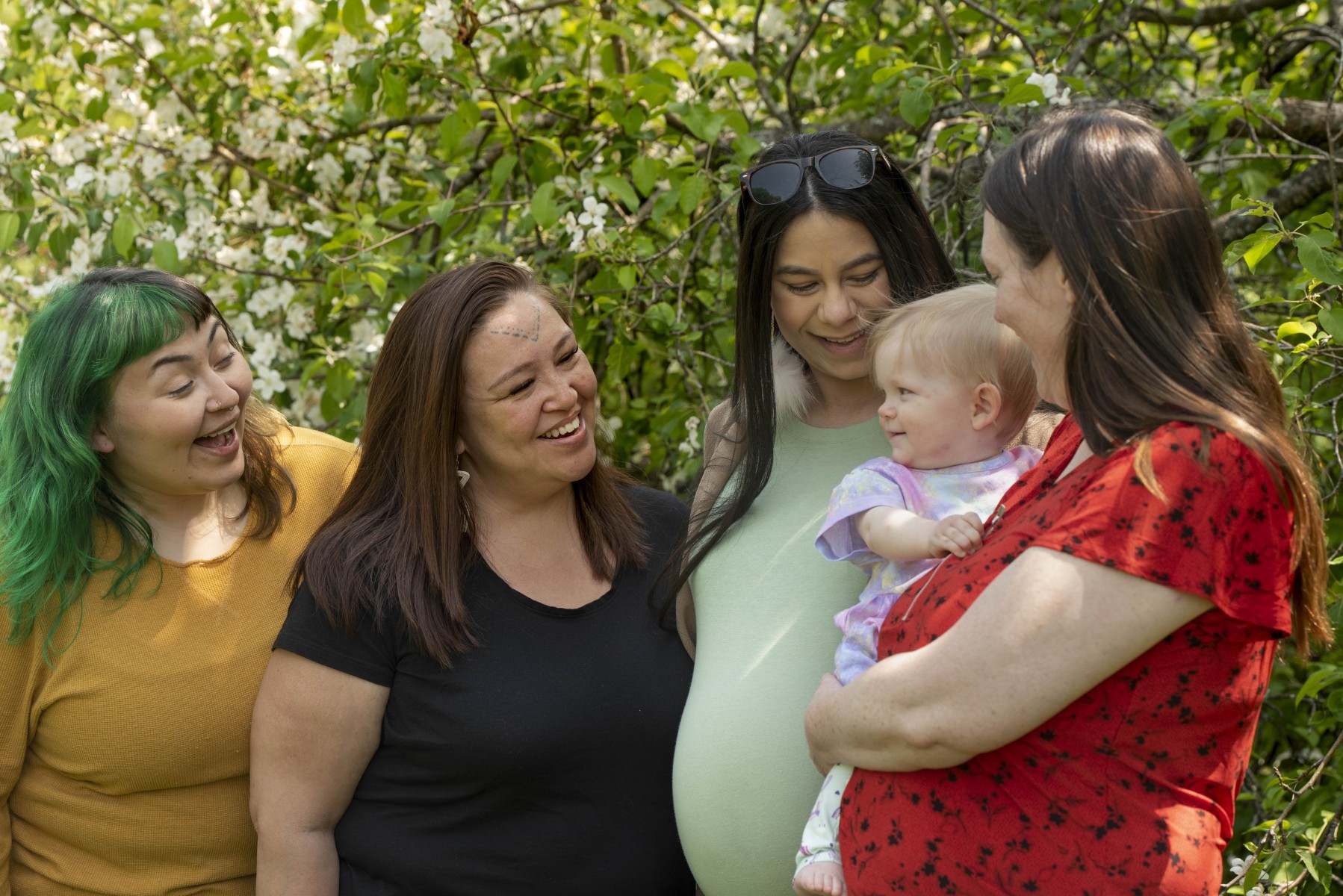Restorative practices stem from Indigenous justice traditions and community-based approaches to harm, belonging, and reparation. At their root, these practices affirm that relationship—not rule enforcement—is the foundation of a healthy, functional learning environment. Restorative work assumes that conflict is part of community life and that healing requires collective accountability rather than punishment. In schools, this means shifting from a punitive, individual-blame model to one where trust, connection, and shared repair are prioritised. Rather than enforcing behavioural compliance, restorative approaches ask: what harm was caused, who was affected, and what do we need to make things right?
Benefits
Restorative practices offer tools that can humanise education for both students and staff. Circle processes, affective statements, and community agreements create opportunities for students to share voice, witness one another’s experiences, and co-author expectations. When harm occurs, restorative dialogue can rebuild trust rather than compound exclusion. Schools using these methods often report decreased suspension rates, stronger peer relationships, and improved school climate. For students with a history of trauma or marginalisation, restorative frameworks can offer dignity, repair, and re-entry instead of rejection.
Limitations
Restorative practices risk becoming performative if they are used selectively or in isolation. When implemented without deep cultural humility or without confronting structural oppression, restorative processes can reproduce harm—especially if marginalised students are expected to participate in repair without addressing the conditions that made the harm possible. Circles that centre the comfort of dominant group members, or that treat trauma disclosures as classroom exercises, can retraumatise participants. Additionally, schools that use restorative language without abandoning exclusionary discipline policies may unintentionally mask their continued reliance on punishment.
Best fit for
Restorative approaches are most powerful in school communities where long-term relational trust is being cultivated—among students, staff, and families alike. They work best when students have access to trained facilitators, psychological safety, and environments that do not rely on rigid behavioural expectations. Restorative practices are particularly important in contexts of historical or racialised harm, offering a path toward justice that honours lived experience and community voice. These practices are not quick fixes; they require cultural transformation, ongoing training, and a shared commitment to relationship-centred learning.
Disability justice alignment
Restorative practices have deep potential to align with disability justice, particularly when they centre access, interdependence, and somatic safety. Because restorative work begins with relationship, it creates space to explore how neurodivergent students experience harm, how masking and shutdown are misread, and how regulation is relational—not individual. When schools move away from rules-based logic and toward harm-repair frameworks, they can stop treating dysregulation as disobedience and begin understanding it as a signal of unmet need.
For this alignment to be authentic, restorative processes must include access adaptations—such as visual supports, regulation breaks, co-facilitation, or asynchronous participation—and resist framing students as the problem to be solved. Circles must protect the dignity of students with communication differences, trauma histories, and disabilities that affect impulse control or social interpretation. Restorative practices thrive when all parties are supported to bring their full selves into the process. That requires pacing, flexibility, and an unwavering commitment to non-coercion.
Sources
- Zehr, Howard. The Little Book of Restorative Justice
- Evans, Kathy & Lester, Dorothy Vaandering. The Little Book of Restorative Justice in Education
- Akom, Antwi. “Your Comfort is My Discomfort: Racial Microaggressions and Restorative School Discipline”
- Mia Mingus, “Transformative Justice: A Brief Description” (Leaving Evidence blog)
- National Center for Restorative Justice (www.restorativejustice.org)











